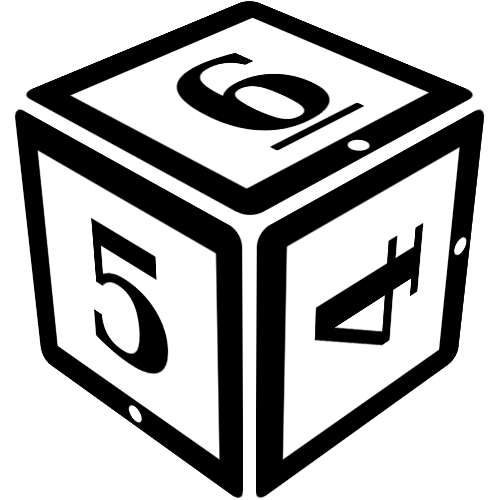The signature weapon of the Jedi is the Lightsaber. The unique properties of this weapon require the user to master a specific kind of combat style.
A Jedi practices, and tries to achieve mastery in, several combat styles, each with unique strengths and weaknesses. These strengths and weaknesses come into play when a Jedi engages in combat.
All Combat Styles
This is a list of all designed combat styles. Note that not all of these are available for training.
Learning Combat Styles
Combat styles are built up out of stances and techniques, with the higher steps offering significant martial prowess. However, these higher styles can only be thought to those capable of handling them—attempting to teach someone before they are ready inevitably results in loss of limbs or worse.
Each stance and technique has a Rank requirement that must be met. Some techniques have additional requirements in the form of Virtue requirements and Force Power requirements that must be met before being able to learn the technique or stance.
Only a single variant of each combat style can be learned. If the style has other variants, these will forever be out of reach. This means that if a combat style offers a choice between multiple techniques, you can only take one of the paths.
For example, in the Shii-Cho style, after practice and mastery of the Shii-Cho Stance and the follow-up technique Sun Djem Practice, you will have to pick between Defensive Emulation and Repeated Strike. If you learn one, you can never learn the other.
Using Combat Styles
When in combat, the Jedi do not limit themselves to the sole use of a single lightsaber style. They adapt stances and techniques from all the styles they have learned, and blend them together in a single personalized combat style that allows them to adapt to the current situation.
Each Jedi has two combat traits derived purely from their Combat Styles:
- Strike (🗡) is a measure of the Jedi's ability to attack others. It is calculated as the sum of all Strike modifiers from Combat Styles, including conditional modifiers for those conditions that have been met.
- Defence (🛡) is the measure of a Jedi's ability to defend themselves from attacks. It is calculated in the same fashion as Strike.
Combat styles contain conditional modifiers. These modifiers are applicable of the condition is met. Conditions are not based on actions, but on situations. For example, a condition could be "If your ally knows Ataru", or "In small enclosed spaces", or "There are multiple opponents".
Conditions cannot be based on the knowledge or actions of opponents—only on their immediately observable qualities such as: number, armaments, armor. Many conditions will focus on the environment and allies instead of the opponent. As a specific exception, conditions may be based on entanglements between you and your ally (for example, "If your ally is your apprentice").
When in combat, up to 2 Jedi may work together and sum up their combat traits to arrive at their final score.
Other groups might work together in larger groups. For example, elite military units can combine their scores up to 6 members, allowing them to form a threat to a pair of Jedi.
It is not possible to specifically "target" a single person in a group that works together—they win or lose as a group.

